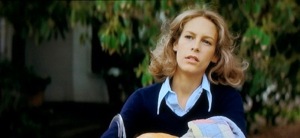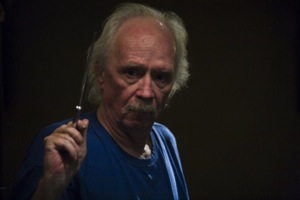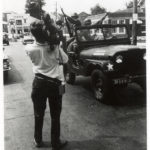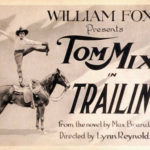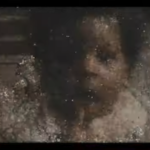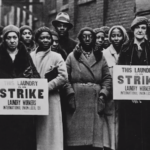John Carpenter’s First Student Film and 27 Other Projects Win Preservation Awards
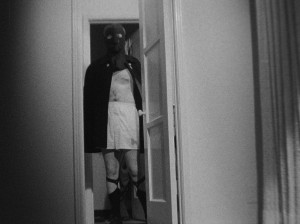
“The films selected for preservation this grant cycle demonstrate the breadth and dynamism of American filmmaking,” said Stephen Gong from the Center for Asian American Media, in a statement. He served on the panel that reviewed proposals from around the country. The films being saved run the gamut and will soon make their way to new audiences, he said.
The San Francisco-based National Film Preservation Foundation is the nonprofit organization created by the U.S. Congress to help save America’s film heritage. The NFPF is the charitable affiliate of the National Film Preservation Board of the Library of Congress.
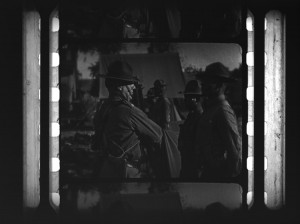
The NFPF preservation grants target newsreels, silent-era films, documentaries, culturally important home movies, avant-garde films, and endangered independent productions that fall under the radar of commercial preservation programs. The grant period is typically 14 months. “Sometimes complicated projects take much longer, but just as often a project can be done in a month or two it is pretty straightforward,” said Jeff Lambert, the assistant director of the foundation.
Films saved through the NFPF programs are made available to the public for on-site research and are seen widely through screenings, exhibits, DVDs, television broadcasts, and the Internet.
Grant winners create three access copies: a film print, a second access copy that is typically Digital Betacam, and a DVD. The grantee is required to make the film available for viewing on-site at no charge. Distribution online, via DVD, or theatrical presentation are “highly encouraged,” said Lambert. Recently the NFPF has been presenting a selection of preserved grant films on its own site filmpreservation.org. “Access is a fundamental component to preservation. It is why we do what we do,” Lambert said.
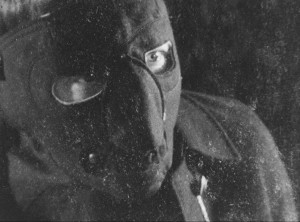
On the AMIA-L listserv of the Association of Moving Image Archivists, Dino Everett, an archivist at the Hugh M. Hefner Moving Image Archive at the University of Southern California, said he found John Carpenter’s first student film, Captain Voyeur, from 1969, at the university. “It was what we call here at USC a ‘310,’ which is the code number for the first real film the students make,” he wrote.
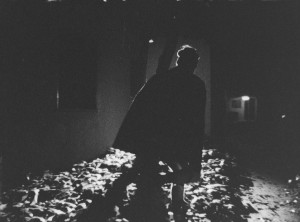 “The best part about the film is that it is a definite precursor to Halloween as you can see him working out a number of visual and thematic elements that were later perfected in the feature. Before this find there has been no mention of the films John Carpenter http://www.theofficialjohncarpenter.com/ made while at USC other than the Resurrection of Broncho Billy on which he was behind the scenes” as one of five writers as well as music/film editor.
“The best part about the film is that it is a definite precursor to Halloween as you can see him working out a number of visual and thematic elements that were later perfected in the feature. Before this find there has been no mention of the films John Carpenter http://www.theofficialjohncarpenter.com/ made while at USC other than the Resurrection of Broncho Billy on which he was behind the scenes” as one of five writers as well as music/film editor.
Everett added: “I was able to find it thanks to the diligence of Herb Farmer who had worked here at USC for 70 years and saved everything. While there were no records for the film, I did find Herb’s lab receipt from 1969 that listed the title and the name Carpenter, so being that we had no print, I pulled the negative and there it was: ‘written and directed by John Carpenter.’”
By email, Everett said “the initial goal will be to try and set up a screening somewhere that it can be part of something special, as I think this is a very special find for USC and Carpenter fans. I really want to write something up about it as I find that it ties into the whole concept of finding lost films: Here is a film that was safe and sound for 40 years right where it was made, but because it was made prior to proper databases there were no records of it being here, other than what helped me eventually find it (an old lab receipt that listed the name Carpenter). It makes me very optimistic about the possibilities of finding lost classics.” Public release will be complicated by rights considerations, he said. “Like in some of the early George Lucas films, students were inserting popular songs into their films and this one has a Beatles clip in it; so it will depend on what it takes to get that cleared.“Plus it is only like eight minutes long so it would need a package deal like on the Treasures box sets or something. I obviously want as many people as possible to be able to see it, so I will work towards getting it out there.”
– Peter Monaghan
Previous Post: New Light Cast on The White Shadow
Next Post: Archival Video of the Day

